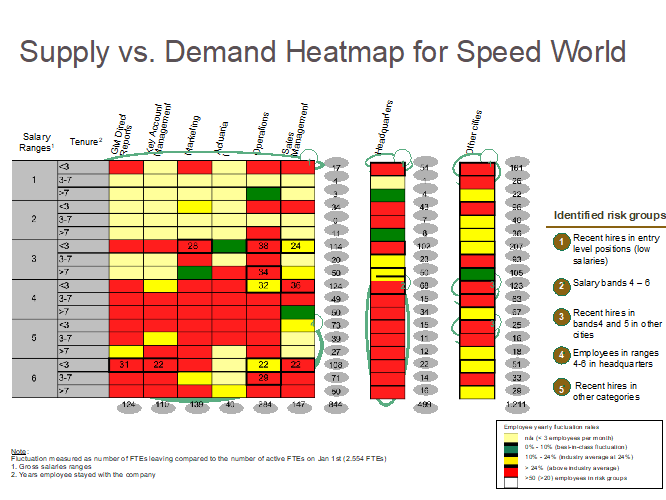The Magic of Strategic Workforce Management

Why magic, you might ask? By definition, magic is “the power of apparently influencing events by using mysterious or supernatural forces” and in this sense strategic workforce management is the most magical tool HR has at it disposal. In British English, magic has another connotation by which something is “wonderful, exciting”. This, too, is true for strategic workforce management.
Strategic Workforce Management Made Easy introduces the concept of strategic workforce management (planning), looking at many definitions associated with it, its history, relevance and current developments, in an endeavour to make it easy to understand and to use.
If you have followed any of the recent documentaries about Mathematics, you may be aware of its “real-life” power, directly through the use of numbers or, indirectly, through algorithms. Maths is intensely connected to music, architecture, the living world and the universe.
I would like to draw a parallel with strategic workforce management, defined as “getting the right number of people with the right competencies in the right jobs at the right time” (Sinclair & IES, 2004).
Strategic workforce management warrants informed leadership decisions for all relevant people management areas on the basis of… numbers. It is simple, analytical, structured and so clear, that it enables quick, yet thorough decisions with positive results both short-term (6m-2years) and long-term (5-10 years).
Let’s take, for example, the heat map in the figure below resulted from the strategic workforce management analysis described in Strategic Workforce Management Made Easy.
The heatmap offers information regarding employee risk groups by job family, length of service, geographical area, salary band, etc., which allows HR to develop and to implement bespoke solutions to targeted headcount problems, for instance. In general, the heat map gives a detailed picture of the areas where immediate, or long-term people solutions are most successful, if implemented in time.
Traditionally, strategic workforce management was applied in large companies on workforce groups of 10,000+ in countries with an aging population, where the number of retirements (supply) could be easily predicted over a 5-10 years time span. The number of positions required for business to achieve its objectives represents the demand. Strategic workforce management looks at supply versus demand to understand the need for and the level of people solutions required.
However, the parameters used in strategic workforce management can vary – and are adaptable, so that the model is easily applicable for high turnover situations, as well.
Business people can easily make sense of strategic workforce management, as it uses a language and modeling similar to business scenarios.
Strategic Workforce Management Made Easy aims at explaining the concept in simple terms, and it also introduces a step-by-step case-study to demonstrate the strategic workforce management model, process and its results.
Takeaways and quick-wins for the HR professionals reading the e-book include:
• Understanding supply and demand in Human Resources
• Narrowing down the HR proposed solutions to specific categories of staff
• Use appropriate retention tools for the right group of people
• Plan recruitment long-term, avoiding many delays and disruptions along the way.





